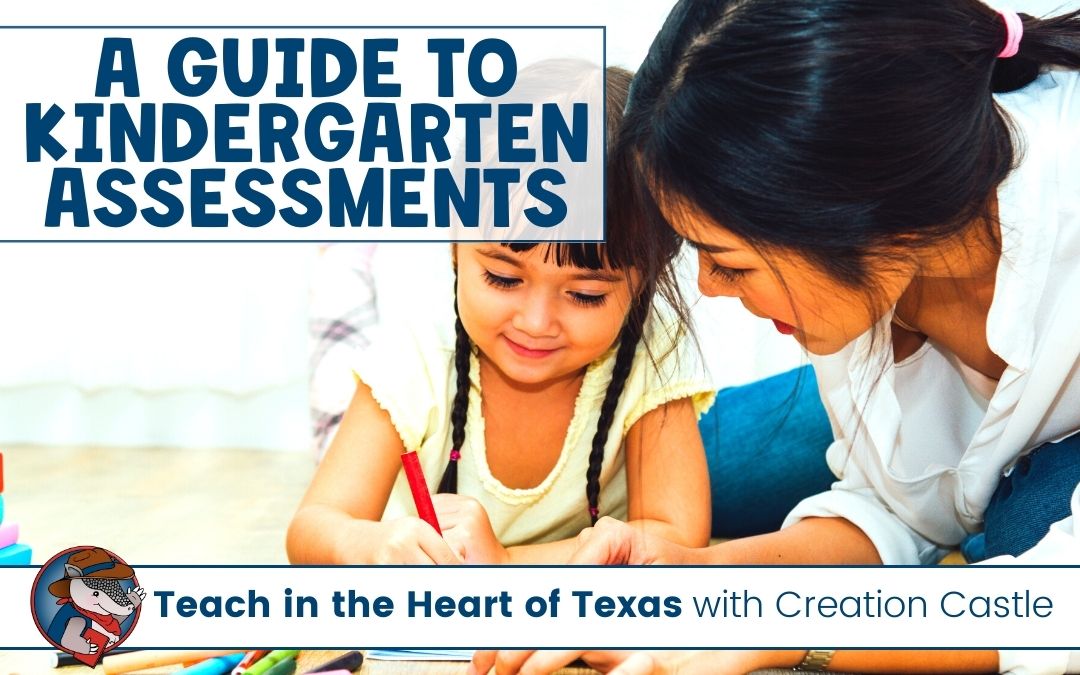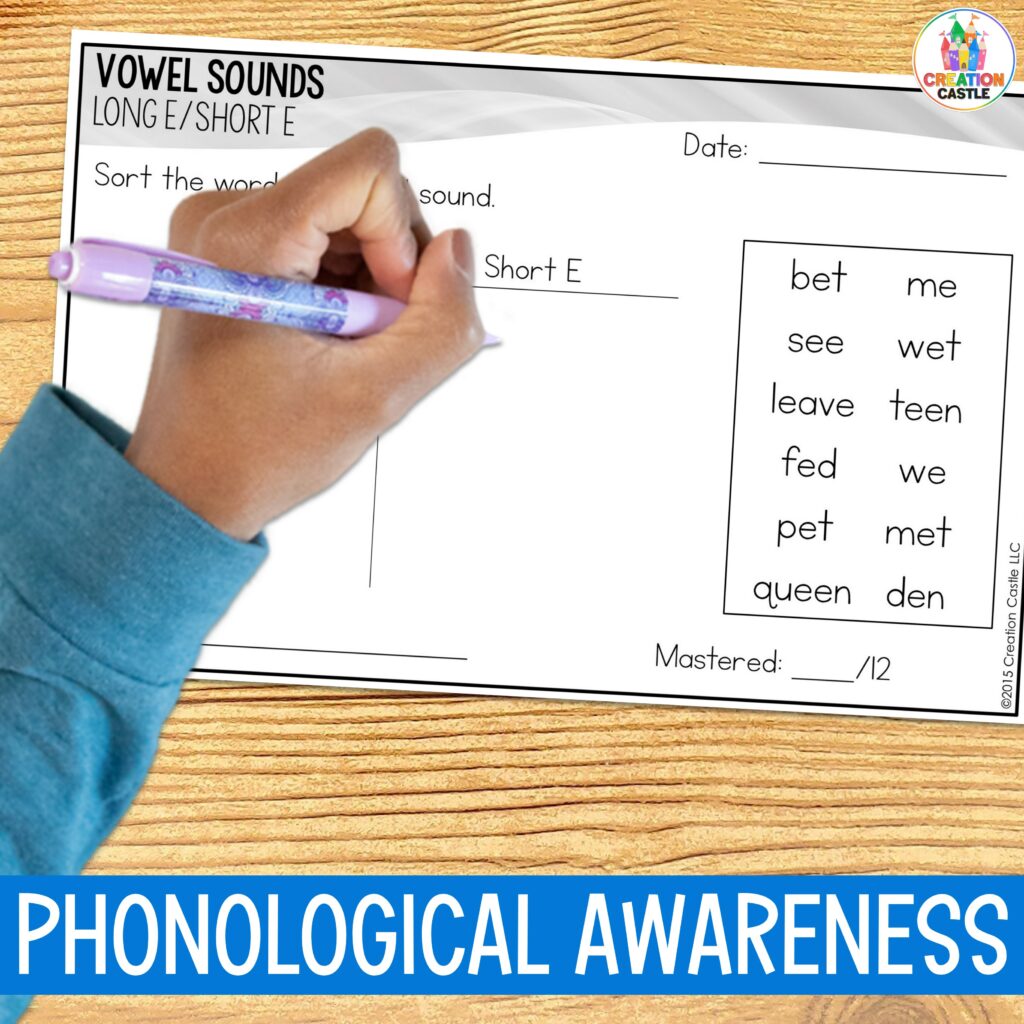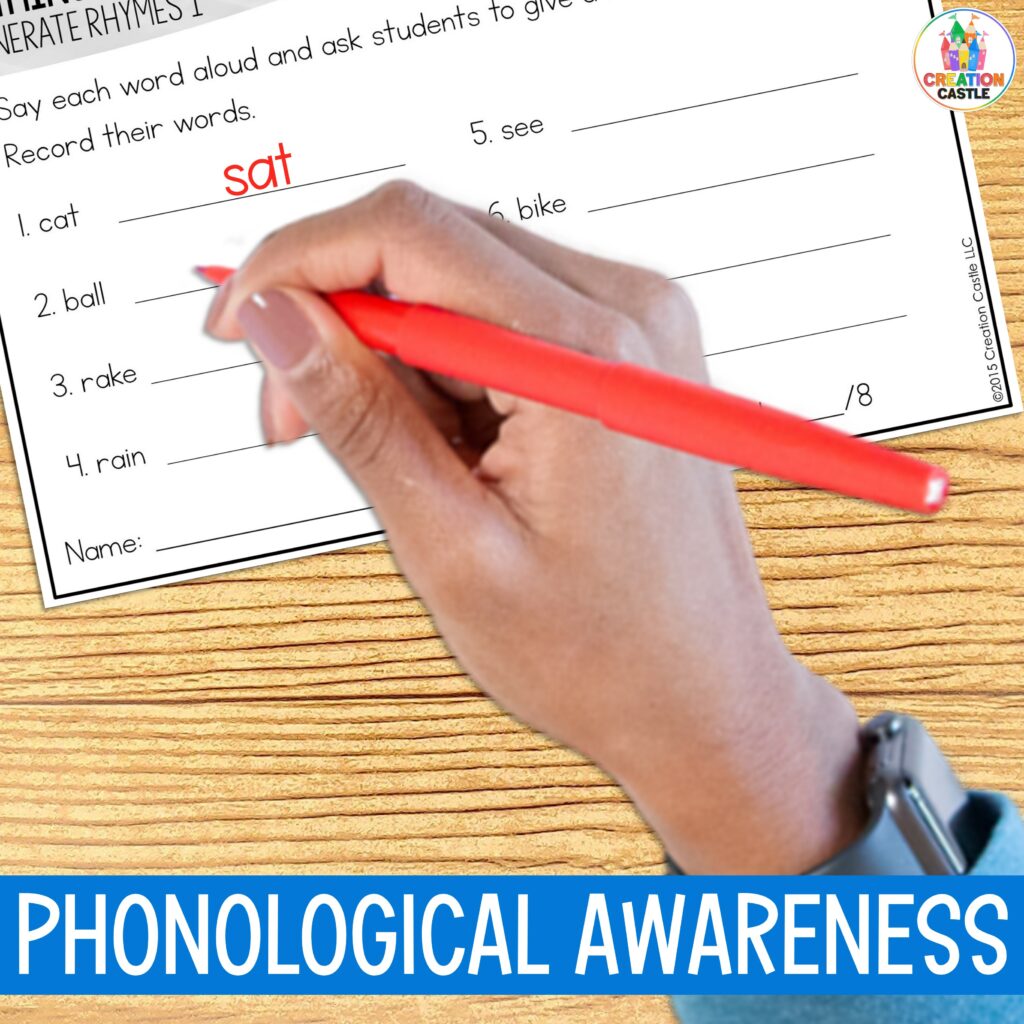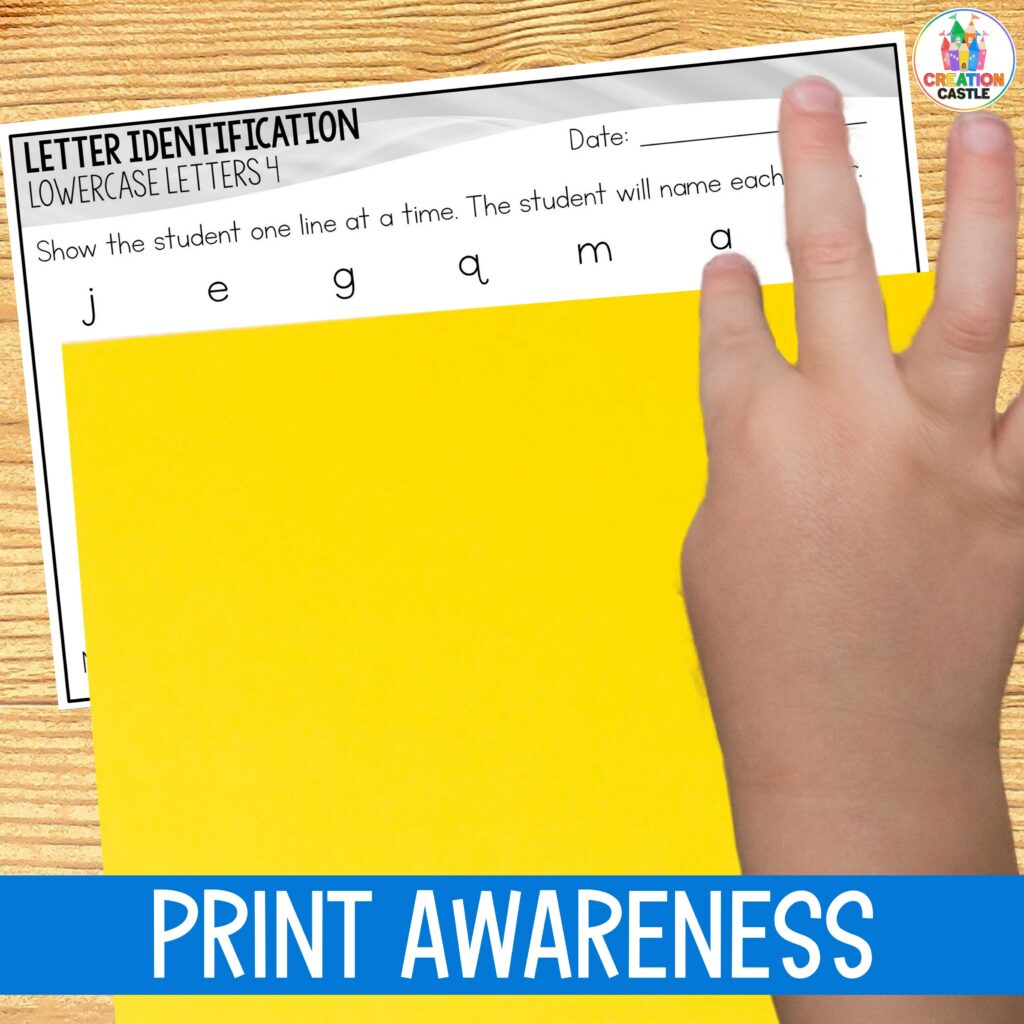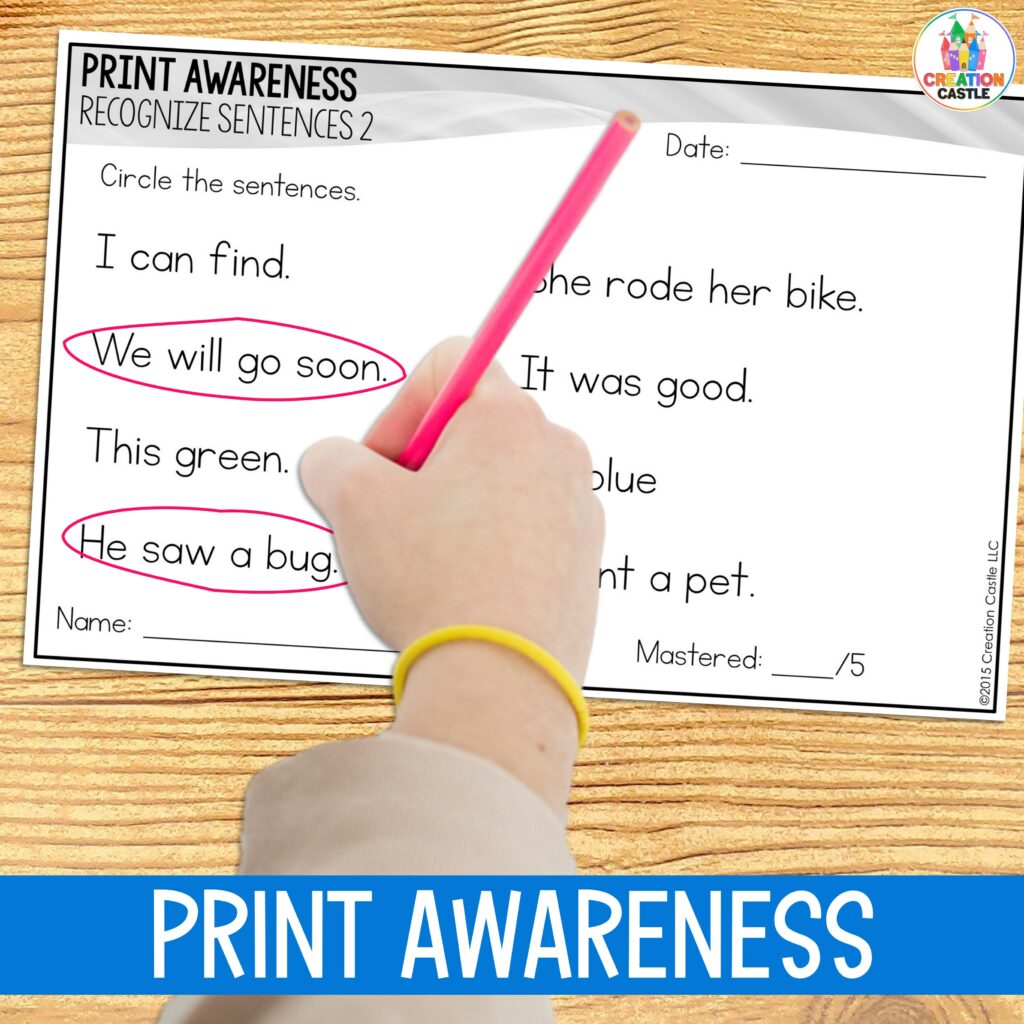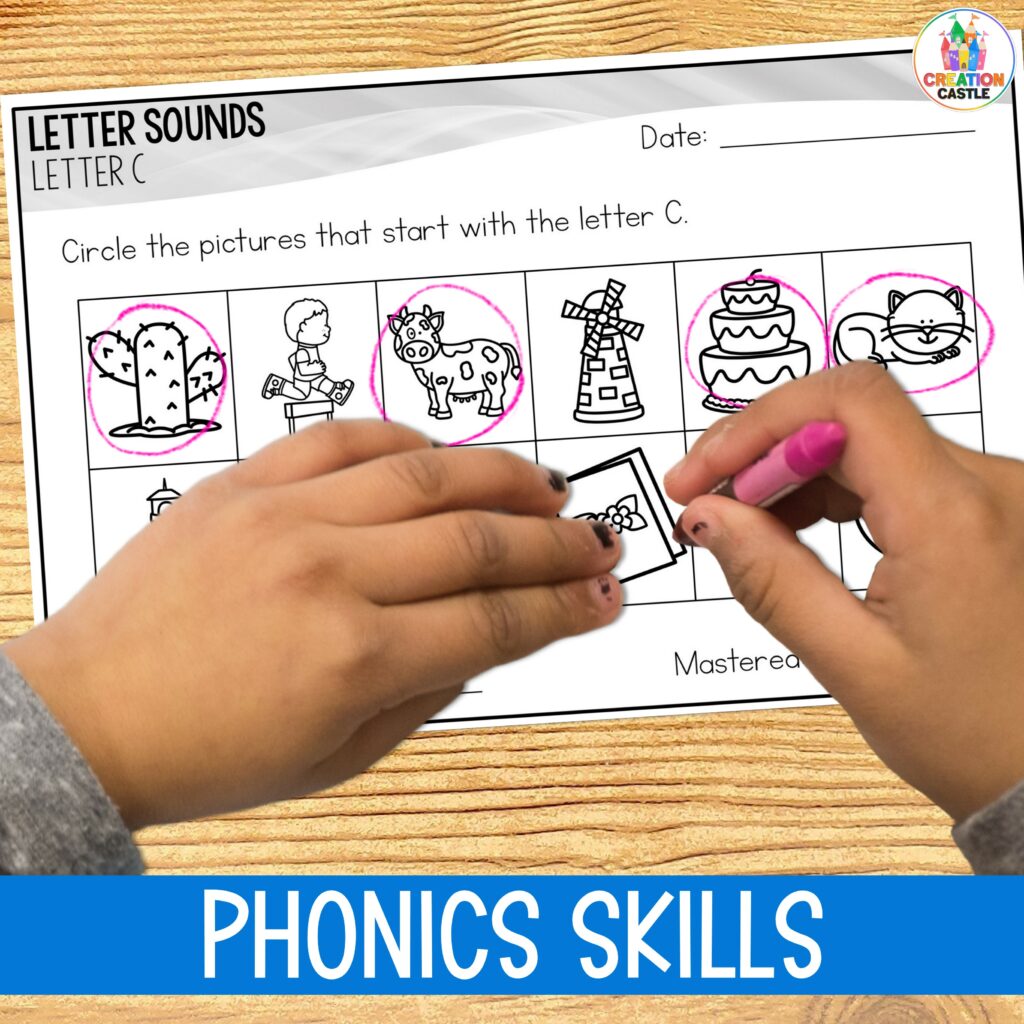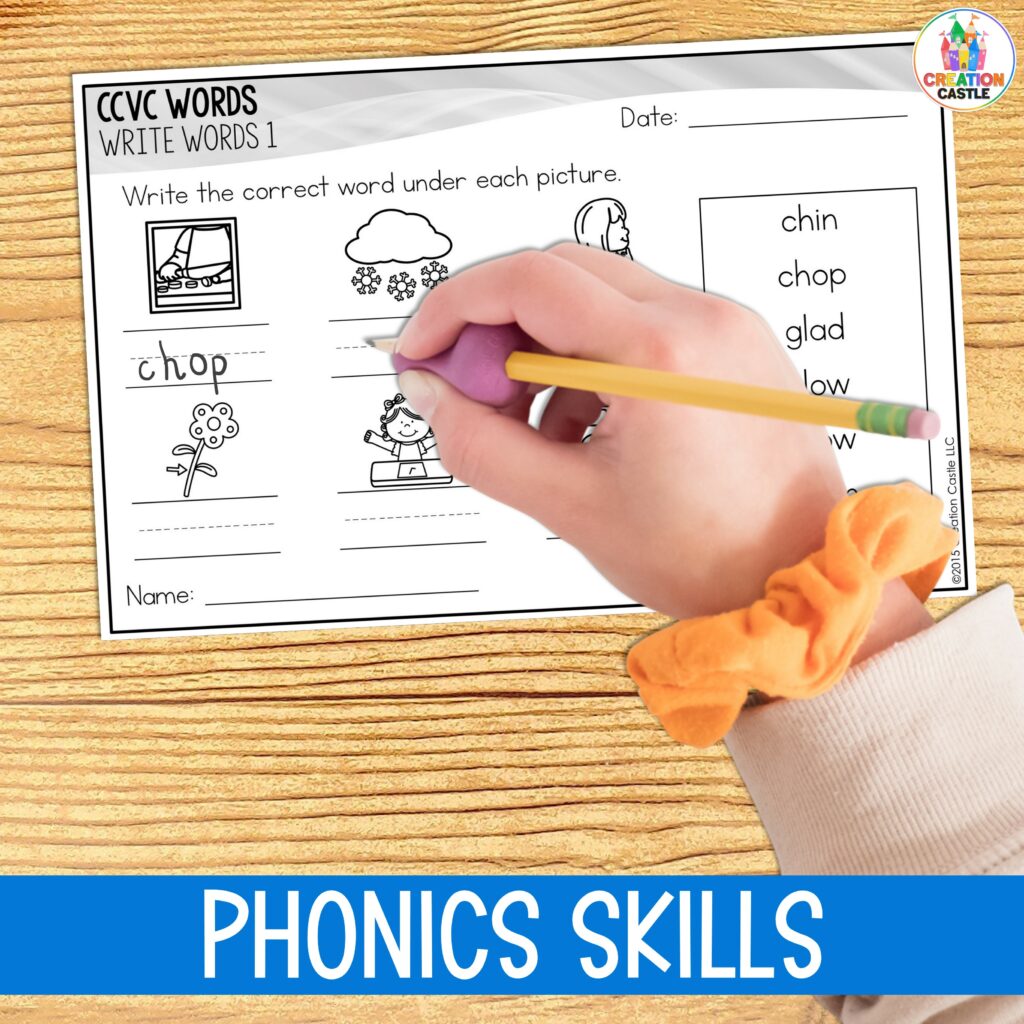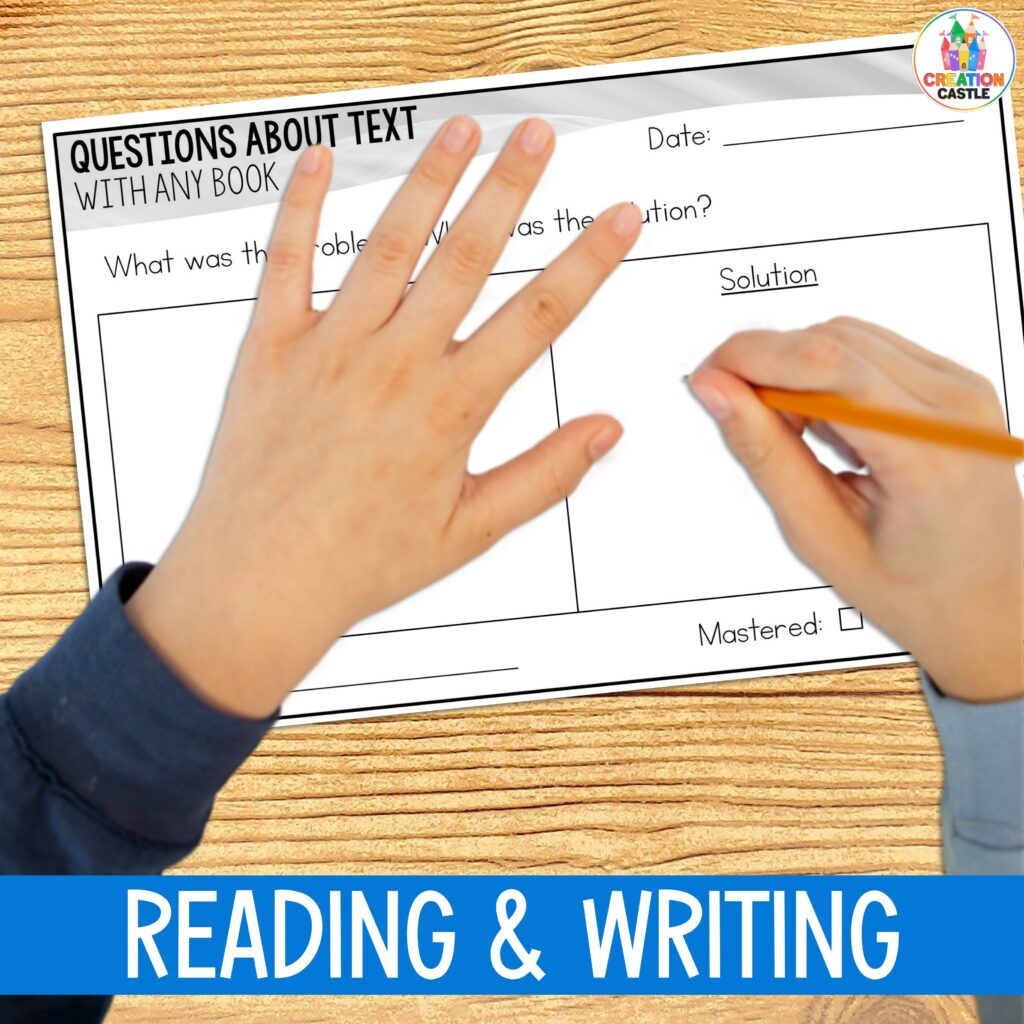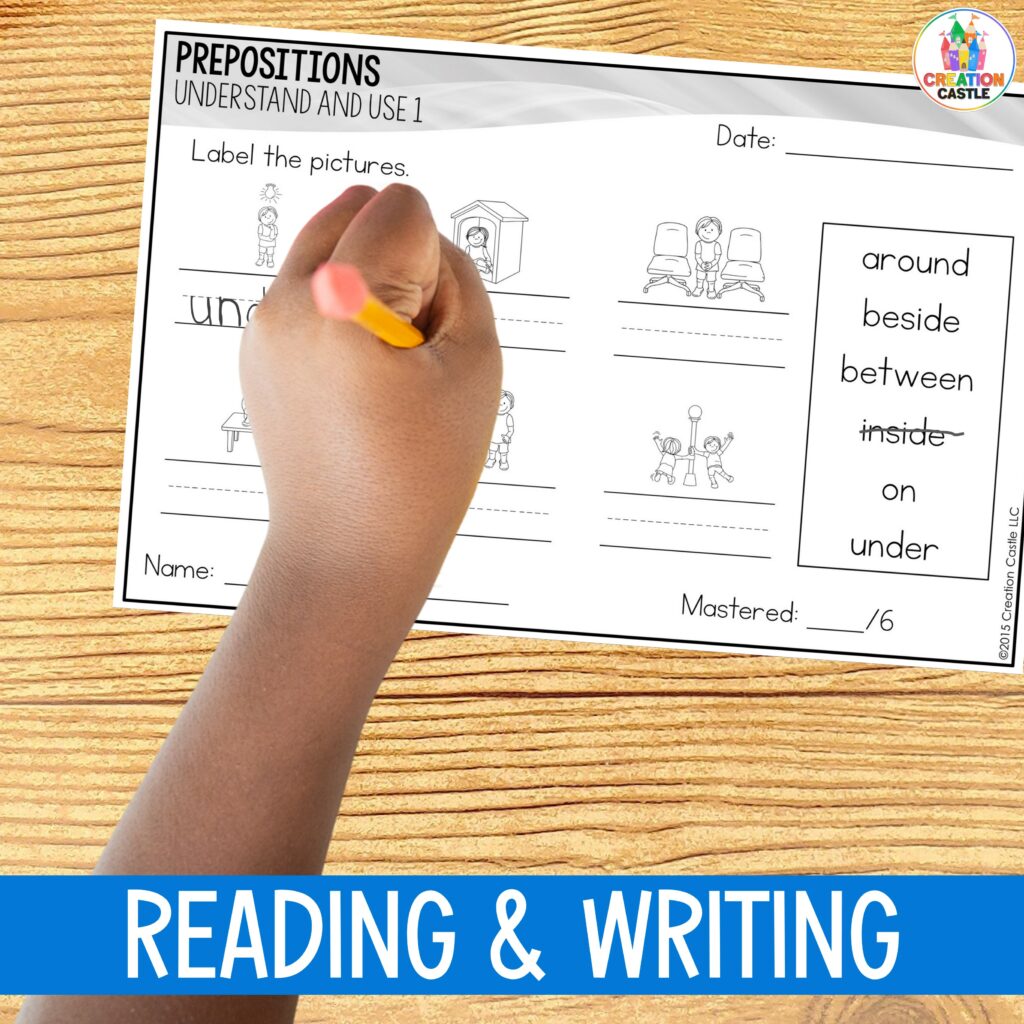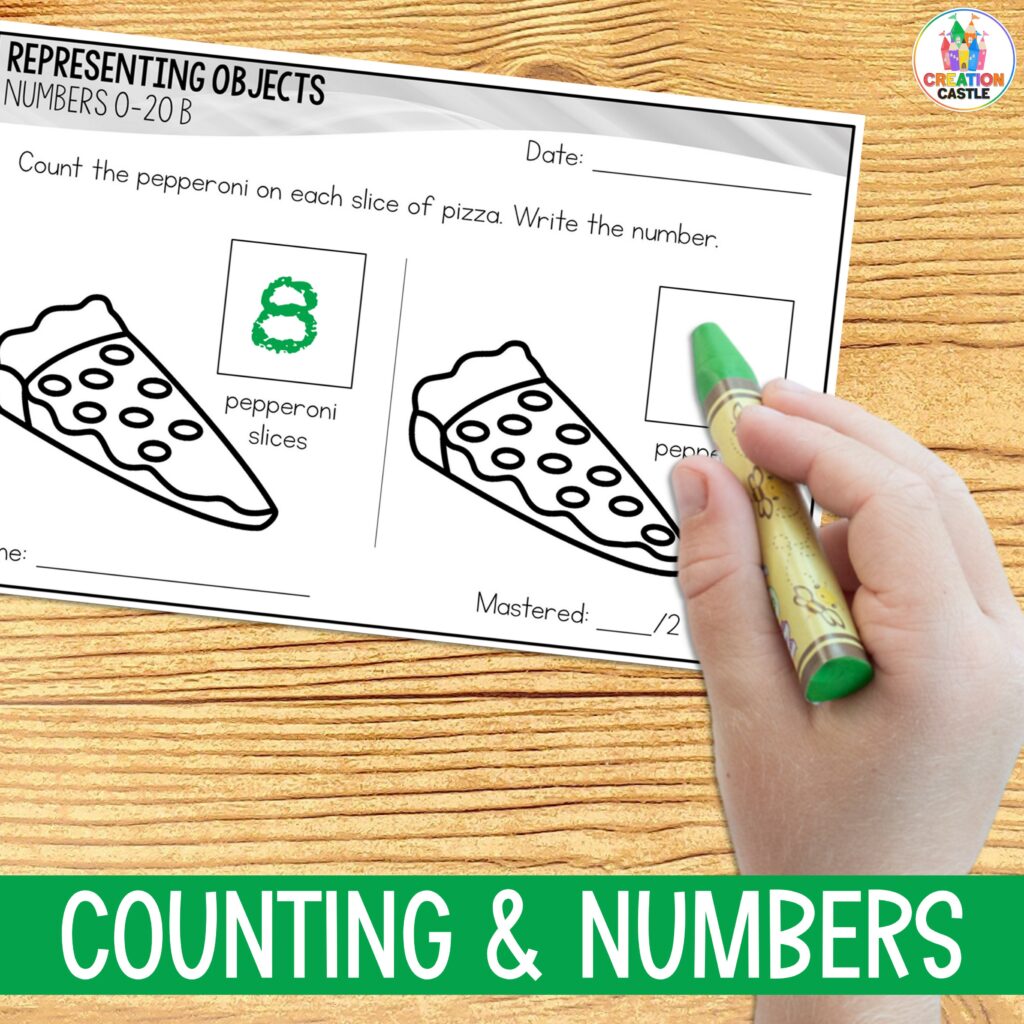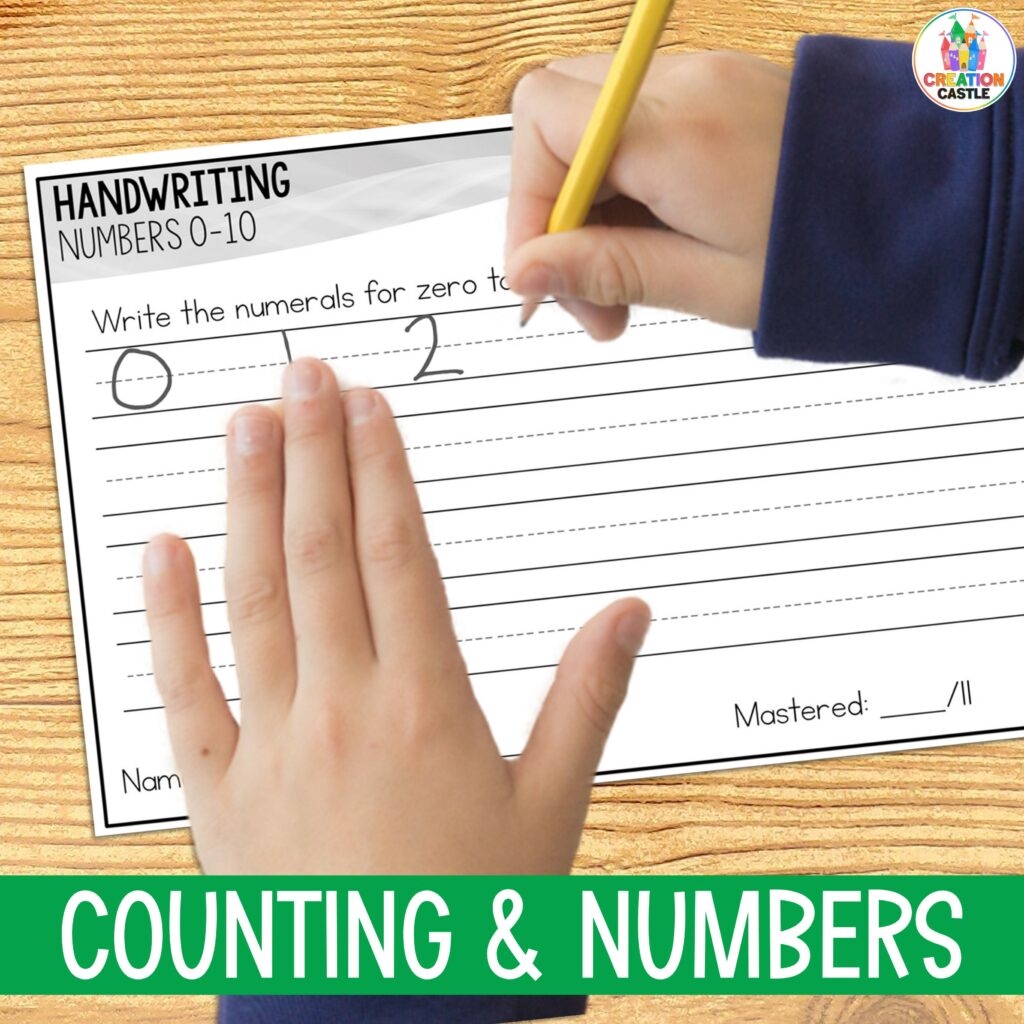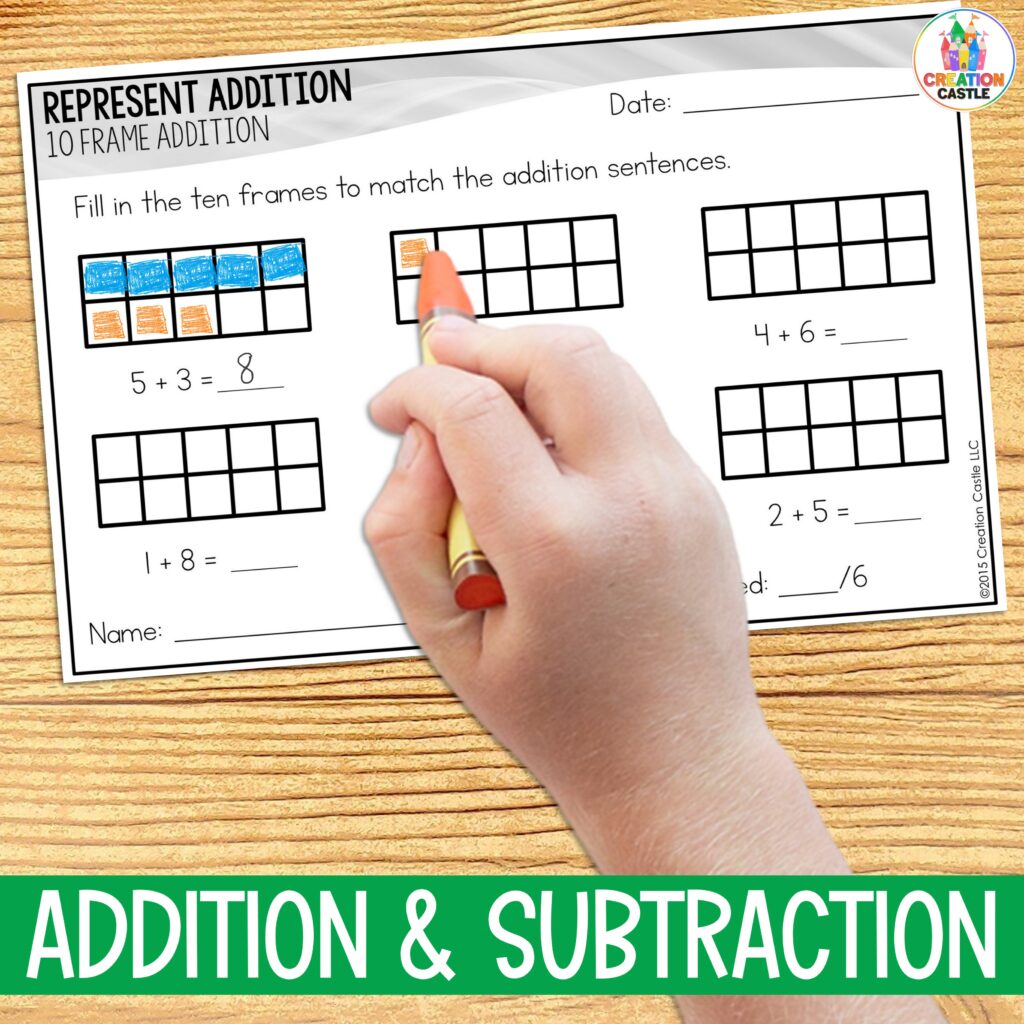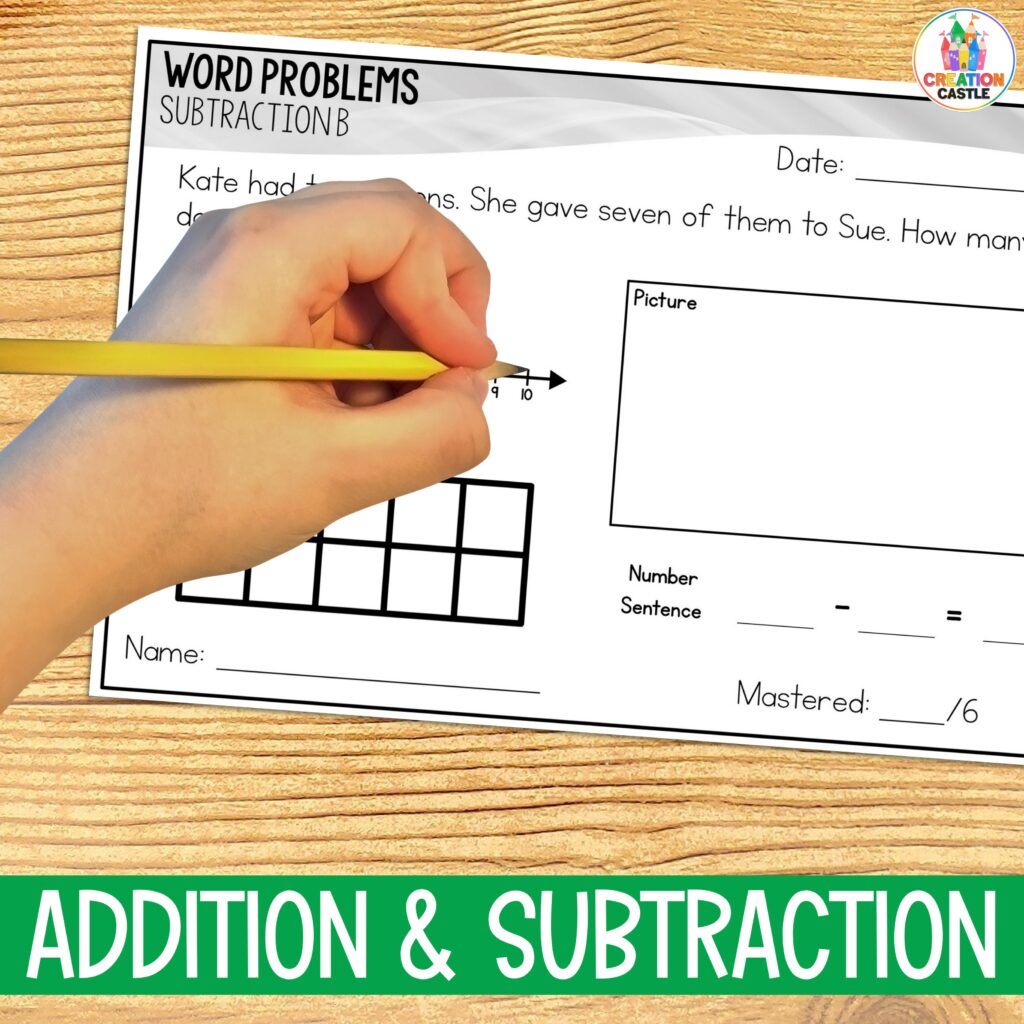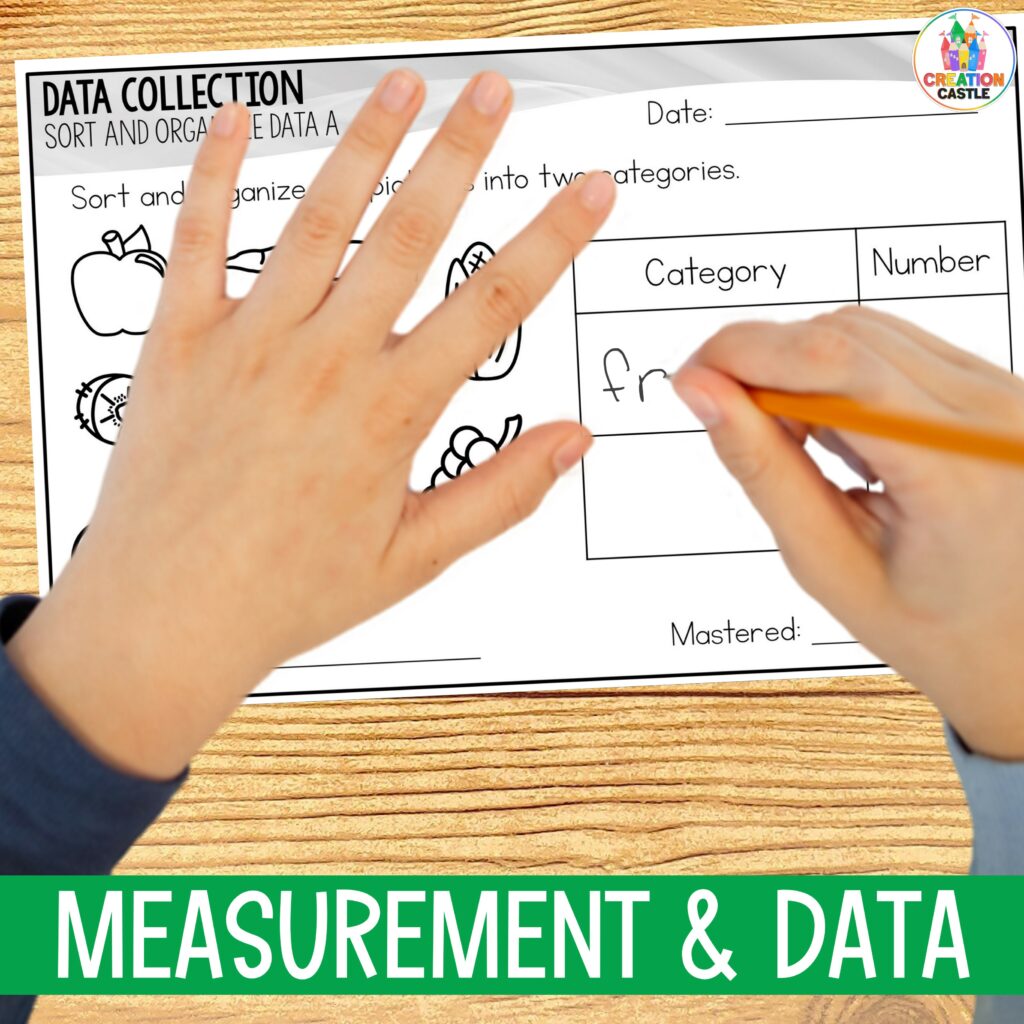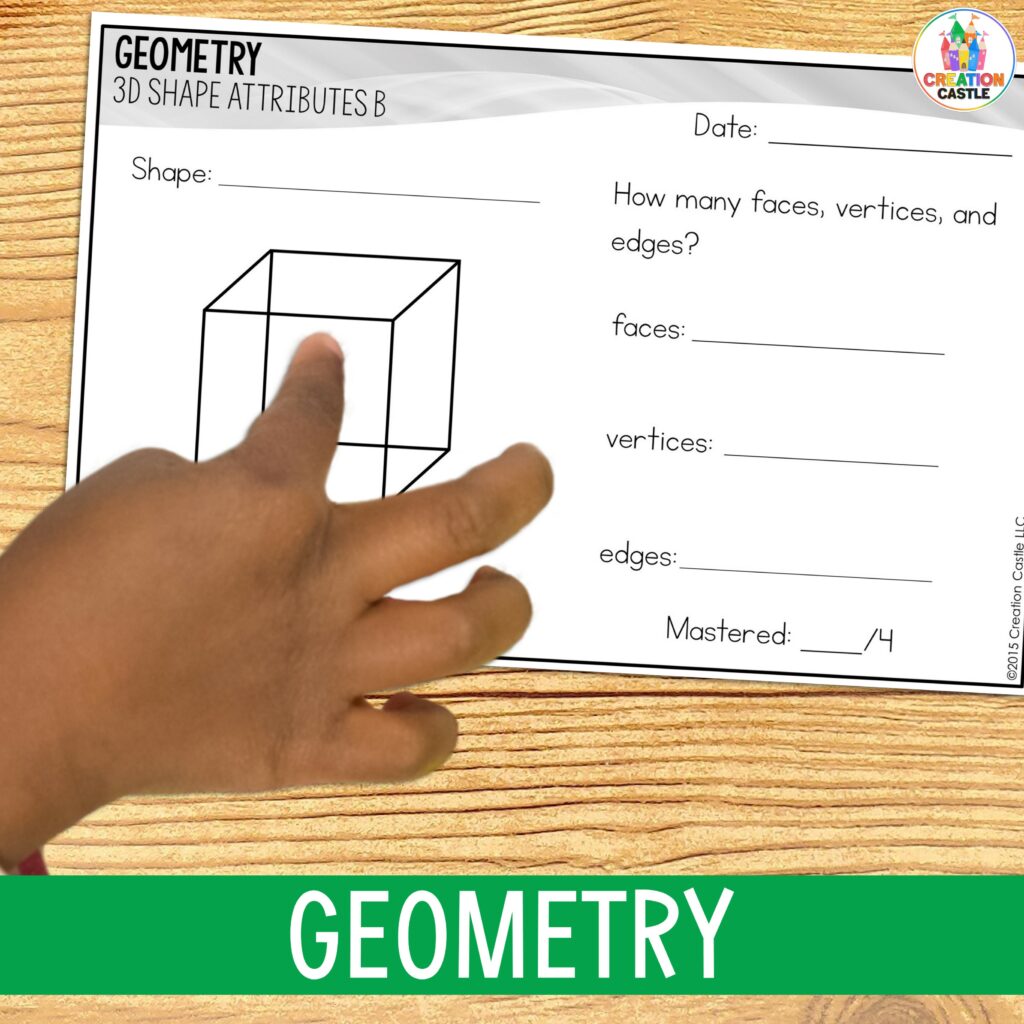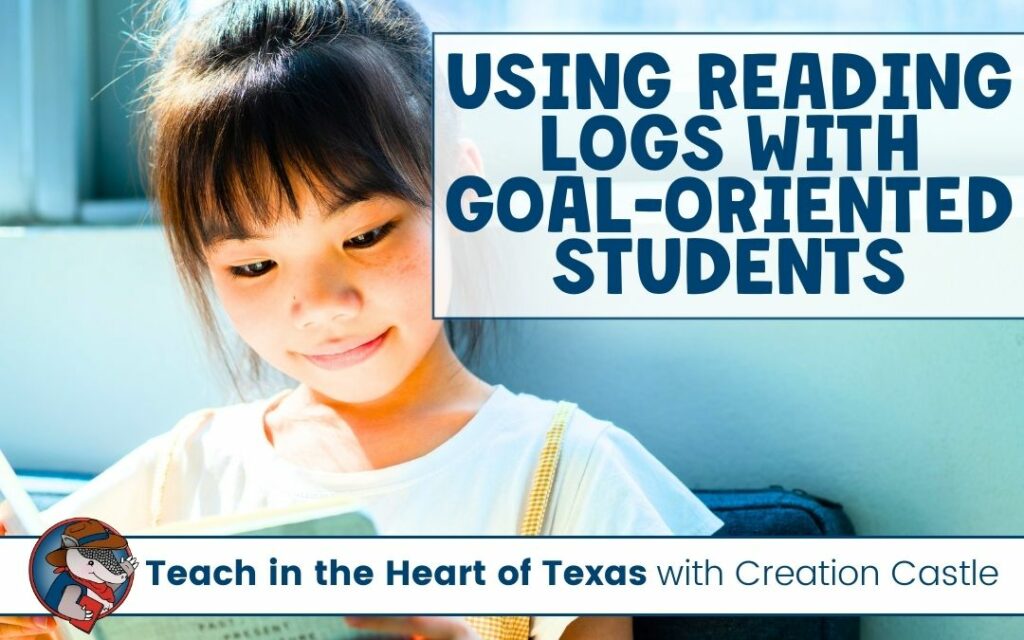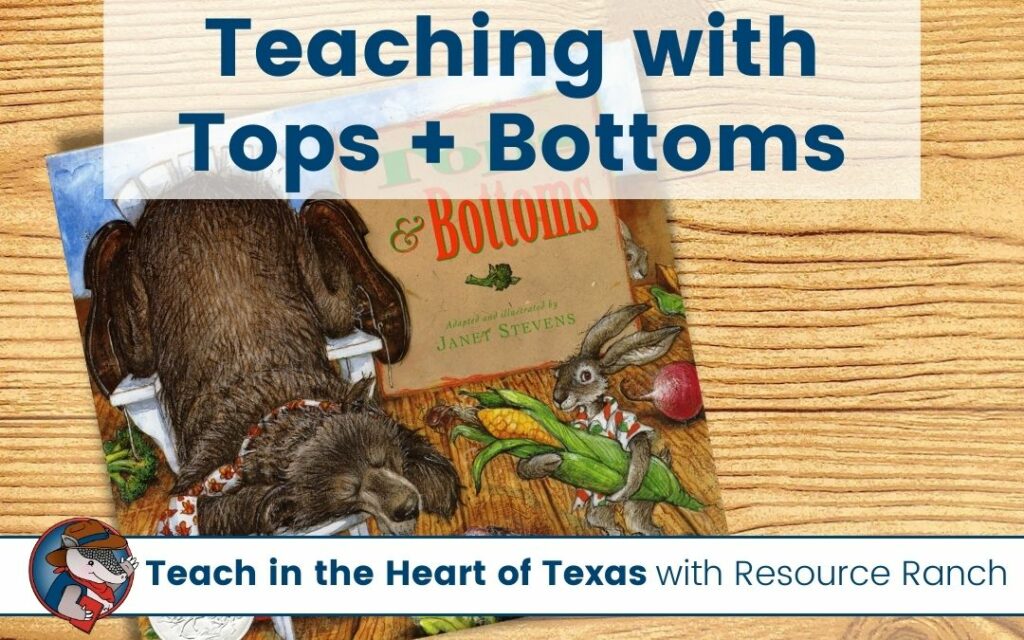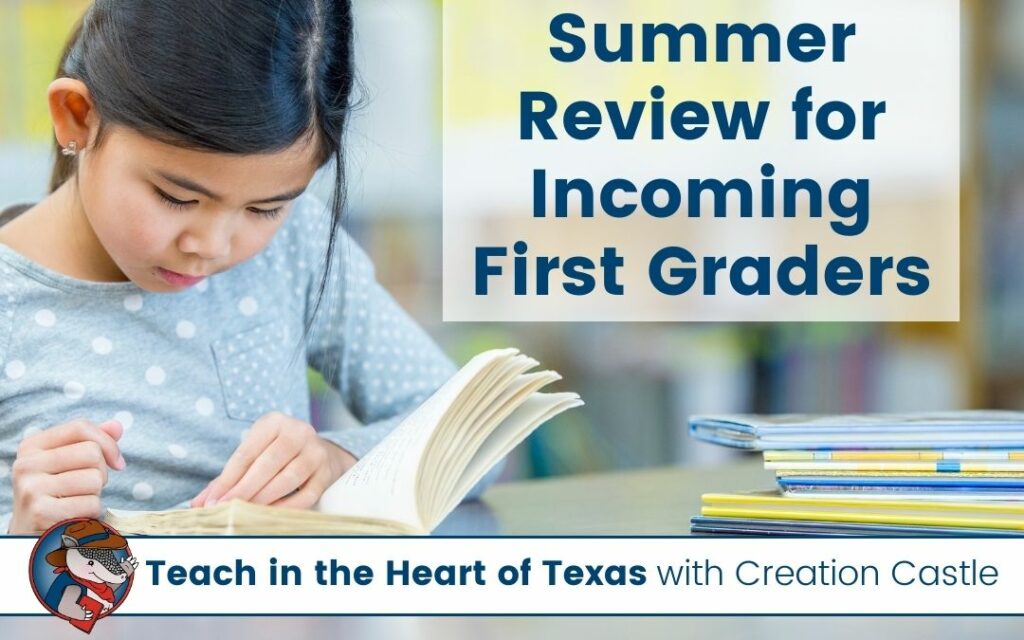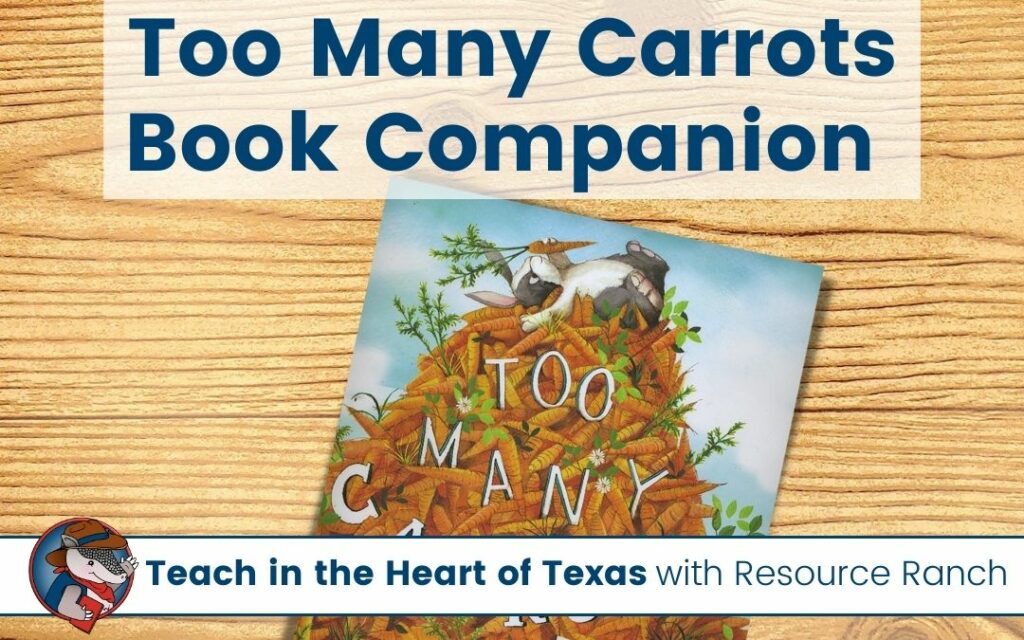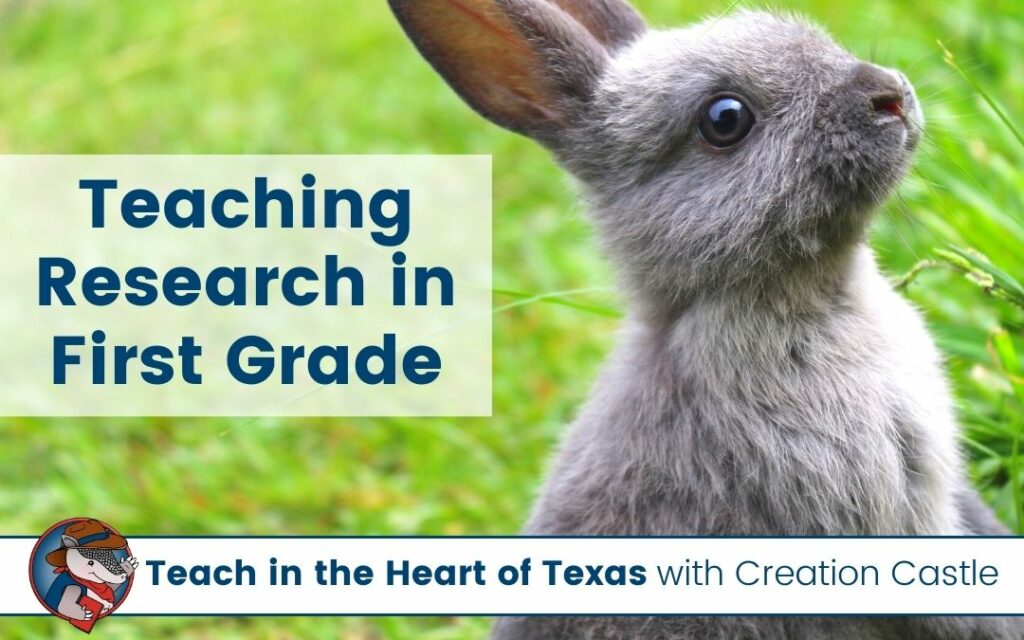As a kindergarten teacher, you know that accurately assessing and recording your students’ abilities is a big part of your job. Kindergarten assessments tend to look a little different than most other grade levels because your students are just beginning their academic journey. In this guide, we’ll explore the crucial role of testing in kindergarten and provide insights and resources to support you when it comes to kindergarten assessments.
Assessments serve as your compass, guiding you as you write lesson plans and create resources for your students. They not only measure your student’s progress but also offer valuable insights into their unique learning styles. As we delve into this discussion, our focus is on you – the dedicated kindergarten teacher who plays a pivotal role in laying the foundation for a lifetime of learning.
Together, let’s unravel the importance of assessments in kindergarten, gaining a deeper understanding of their purpose and exploring effective strategies to enhance your teaching experience. Whether you’re a seasoned educator or just starting your journey, this guide is crafted with your needs in mind.
Find it Fast
WHAT ARE KINDERGARTEN ASSESSMENTS?
Kindergarten assessments serve as your toolkit, unlocking the potential within the students in your classroom. They are instrumental in helping you observe and comprehend the unique abilities and challenges of your students.
Defining Kindergarten Assessments
At its core, a kindergarten assessment is a systematic process designed to evaluate a student’s progress in various areas of development. While most assessments cover academic achievements, they can also measure social, emotional, and physical growth. These assessments provide a holistic view, enabling you to tailor your teaching methods to meet individual needs.
Purpose of Kindergarten Assessments
The primary purpose is to inform your teaching strategy. By gaining insights into a student’s strengths and areas for improvement, assessments guide your lesson planning and enable targeted interventions. They go beyond grades, aiming to understand the learner and adapt your approach to nurture their full potential.
For example, if you spend time crafting what you believe is the perfect lesson and find through assessments that half of your students did not grasp a concept, it signals the need to approach that skill in a new way.
For a comprehensive and time-saving solution tailored for kindergarten assessments, consider exploring Rapid Results. This tool streamlines the assessment process, providing valuable insights while saving you time for what you do best – teaching.
Examples of Kindergarten Assessments
Observational Assessments: Casual observations during everyday activities.
Formative Assessments: Ongoing assessments during lessons to gauge understanding.
Summative Assessments: Conclusive evaluations at the end of a learning period.
As we delve further, keep in mind that these assessments are tools, aiding you in meeting the unique needs of your students and providing insights into their learning progress.
HOW TO ASSESS KINDERGARTEN STUDENTS
Assessing kindergarten students is a dynamic process that demands a nuanced approach, considering their developmental journey and evolving capabilities. As your students gain independence throughout the year, your assessment methods will naturally adapt.
Beginning of the Year: Informal and Oral Assessments
- Initiate the year with informal assessments, seamlessly embedded into daily activities.
- Utilize oral assessments, where students can express themselves verbally during activities like show-and-tell or group discussions.
Mid-Year: Guided Assessments
- As students grow more accustomed to structured learning, introduce guided assessments.
- Read questions aloud, providing guidance and ensuring comprehension as students answer.
- This stage bridges the transition from oral assessments to more structured evaluations.
End of the Year: Written Assessments at Individual Levels
- By the end of the year, students should be ready for written assessments tailored to their individual levels.
- Offer questions and tasks that align with their developmental stage, allowing them to showcase their progress independently.
Optimize your assessment process further with Rapid Results, providing a seamless transition from oral to written assessments while offering in-depth insights into each student’s development.
KINDERGARTEN ASSESSMENTS FOR READING
As a kindergarten teacher, fostering a love for reading is a monumental task, and assessments play a crucial role in understanding each child’s literacy journey. Here are some examples of how you can approach kindergarten reading assessments effectively.
Phonological Awareness Assessments
Assess your students’ capability to recognize and manipulate individual sounds through engaging activities. Implement paper-based assessments where students identify rhyming words, blend sounds in spoken words, or segment words into individual sounds. This approach not only gauges their phonological proficiency but also lays a strong foundation for future reading skills.
Print Awareness
Evaluate your students’ print awareness to ensure they grasp the basics of how print works in reading. Introduce assessments where students identify uppercase and lowercase letters, understand the concept of words and sentences, and recognize punctuation marks. Utilize worksheets that require students to match spoken words to written words, enhancing their understanding of print conventions.
Phonics Skills
Assessing phonics skills can be diverse and engaging. Consider incorporating word recognition assessments where students tackle both real and nonsense words to showcase their decoding abilities. Utilize word-building activities with letter tiles or cards, allowing students to construct words based on specific phonetic patterns. Simple exercises like matching words with corresponding pictures or completing words with missing letters are a fast way to assess these skills. With activities like sound sorts, spelling dictations, and more, the possibilities are endless for addressing phonics skills.
Reading and Writing Assessments
For reading, consider using decodable text passages to evaluate fluency and comprehension, emphasizing words aligned with specific phonics patterns. Utilize running records, either in written or digital format, to assess reading accuracy during silent sessions. Observational checklists on paper can note specific reading behaviors, offering a comprehensive view of a child’s progress over time.
On the writing front, introduce tasks that assess letter and word formation, encouraging students to practice writing in a structured manner. Simple writing prompts can gauge their ability to express ideas coherently. Spelling assessments and dictations focus on applying phonics knowledge in written expression.
There are lots of ways to assess reading and writing with your students, but have you considered a holistic assessment that encompasses both domains?
Examples of Reading Assessment Tools
- Running Records: Utilize running records to assess a child’s reading accuracy, fluency, and comprehension during oral reading sessions.
- Observational Checklists: Create checklists to note specific reading behaviors and track progress over time.
- Phonics Games: Incorporate engaging phonics games to assess letter-sound associations and decoding skills.
- By incorporating these assessments into your reading curriculum, you gain valuable insights into each child’s reading proficiency, enabling you to tailor your teaching approach to meet their unique needs.
Enhance your reading assessments with Rapid Results, a tool designed to streamline English language arts evaluations and provide actionable insights for your teaching.
KINDERGARTEN ASSESSMENTS FOR MATH
Math is another foundational skill where you will see a lot of growth in kindergarten. Let’s look at some examples of how you can approach kindergarten math assessments effectively.
Number Recognition and Counting
Assessing your kindergarten students’ number recognition and counting skills is foundational for their mathematical journey. Utilize visual aids like flashcards or written numerals to evaluate their ability to identify and count numbers. Beyond hands-on counting activities, consider incorporating paper-based assessments where students match written numerals to corresponding quantities. This approach not only reinforces counting skills but also introduces an essential aspect of early numeracy—associating numerals with quantities.
Basic Operations
Delve into assessing basic mathematical operations, focusing on addition and subtraction skills. While hands-on activities with counting beads or blocks are valuable, introduce paper-based exercises where students solve simple addition and subtraction problems. Utilize visual aids such as illustrations or drawings to represent mathematical scenarios, helping students grasp these concepts in a more abstract form. This method not only gauges their computational skills but also prepares them for more advanced mathematical thinking.
Measurement and Shapes
Assess your students’ understanding of measurement concepts and shapes through a mix of paper-based activities. Beyond basic comparisons, provide worksheets that involve measuring lengths or identifying shapes within illustrated scenarios. Incorporate questions that require students to circle or mark the correct shape, demonstrating their recognition abilities on paper. This diversified approach ensures a comprehensive assessment of their understanding of measurement and shapes.
Examples of Math Assessment Activities
Extend your assessments beyond routine counting and shape recognition by incorporating varied paper-based activities. Include worksheets that prompt students to count diverse collections of objects, reinforcing a broader understanding of numbers. Introduce sorting activities on paper, where students categorize and differentiate between various shapes. Utilize math games, ensuring a structured yet playful approach to reinforcing basic operations and mathematical concepts.
By incorporating a mix of hands-on and paper-based assessments into your math curriculum, you gain a comprehensive understanding of each student’s mathematical abilities. This approach allows for tailored teaching that caters to their unique strengths and areas for improvement, striking a balance between practical and abstract mathematical skills.
For a comprehensive math assessment toolkit, consider incorporating Rapid Results, a resource designed to provide valuable insights into each student’s math skills.
FREE KINDERGARTEN ASSESSMENT CHECKLIST
Importance of Tracking Assessment Data
Tracking assessment data is a powerful ally in understanding and supporting your students’ progress. This practice is essential as it enables you to tailor your teaching methods to meet the specific needs of each student, fostering individualized instruction. Moreover, it identifies areas that may require additional support, allowing for early intervention, and provides a comprehensive view of a child’s academic and developmental growth.
How Often to Test Students
Consider beginning the school year with an initial assessment to gauge each student’s starting point. As the year progresses, conduct periodic assessments for continuous monitoring. Adjust the frequency based on student needs; more frequent assessments may be necessary if interventions are in place. This approach, rooted in the importance of consistent assessment and tracking, empowers you to create a responsive and supportive learning environment. Additionally, you will likely be required to complete a final assessment towards the end of the year to help your student’s next teacher.
Free Assessment Checklist
To help you track your students’ progress, download one (or both!) of these free assessment trackers.
In wrapping up, let’s appreciate the significance of kindergarten assessments in shaping your teaching journey. These assessments not only offer valuable insights into student progress but also act as a gauge for the effectiveness of your lessons.
We trust this guide has provided you with practical tools and ideas for effective student assessment in your classroom. Don’t forget to grab one of our free assessment trackers to keep your data organized and readily accessible when you need it.
For a simplified approach to kindergarten assessments, consider exploring Rapid Results, a tool designed to provide you with an easy way to test your students on concepts they are required to learn
Here’s to a successful year of teaching, learning, and continual growth. Happy assessing!
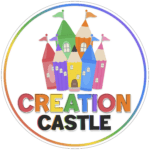
Creation Castle
Heather is the author of Creation Castle. She has experience with general education, special education, and ESL students in kindergarten through fifth grade. She specializes in early elementary math and literacy, as well as organization.

